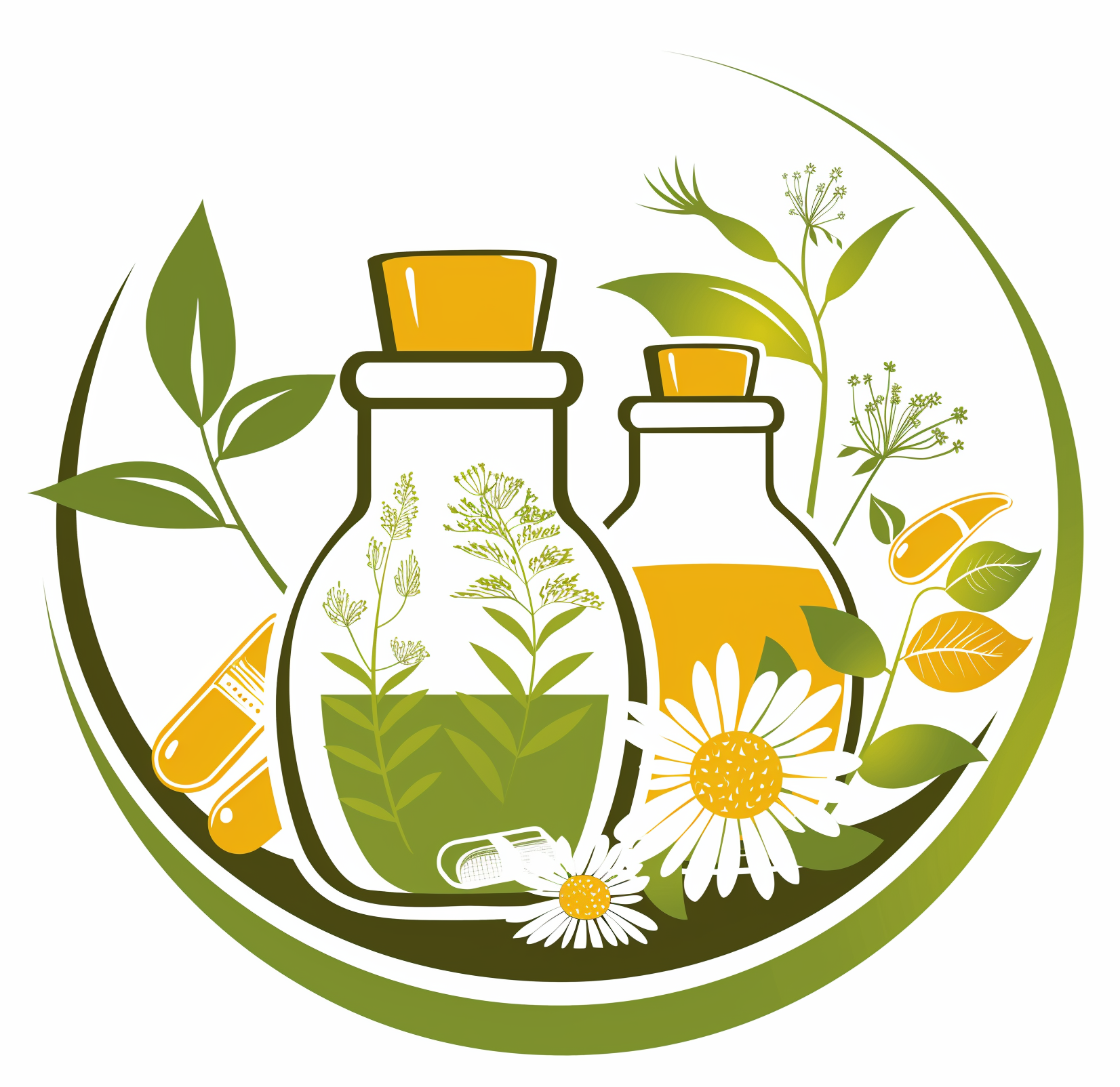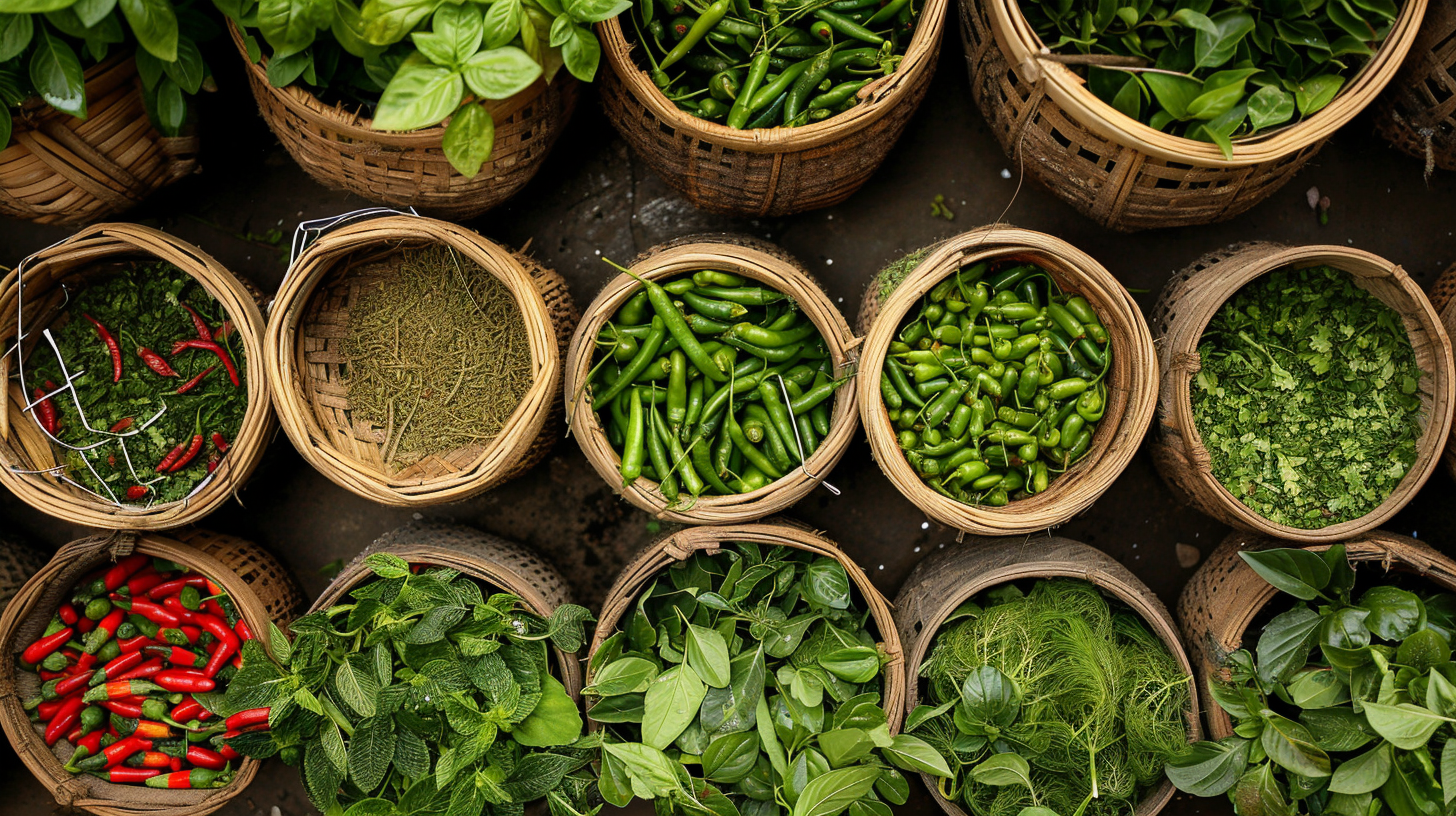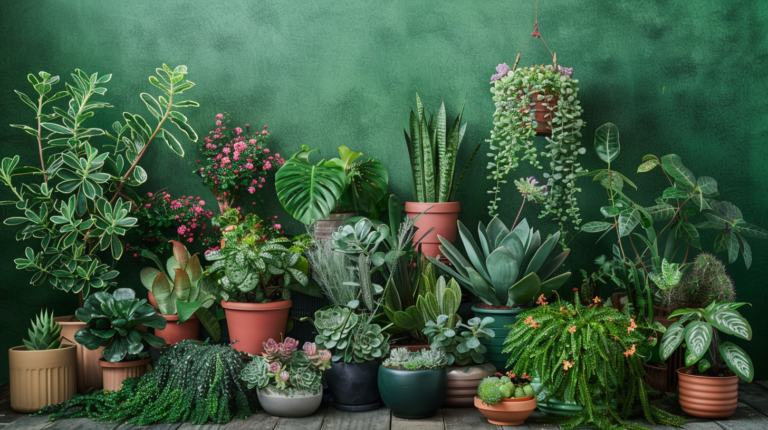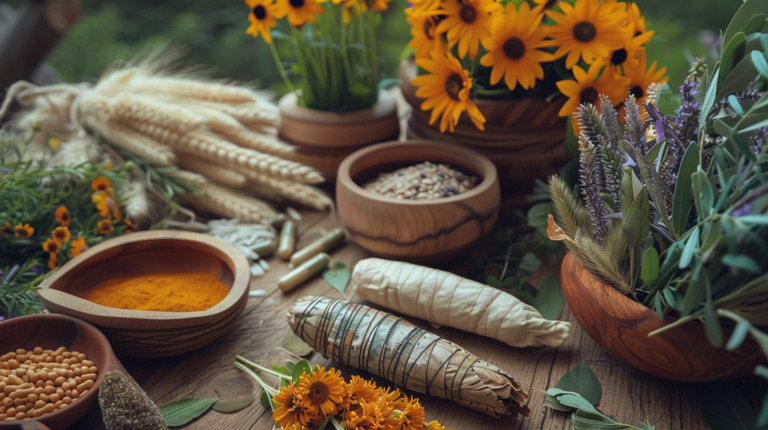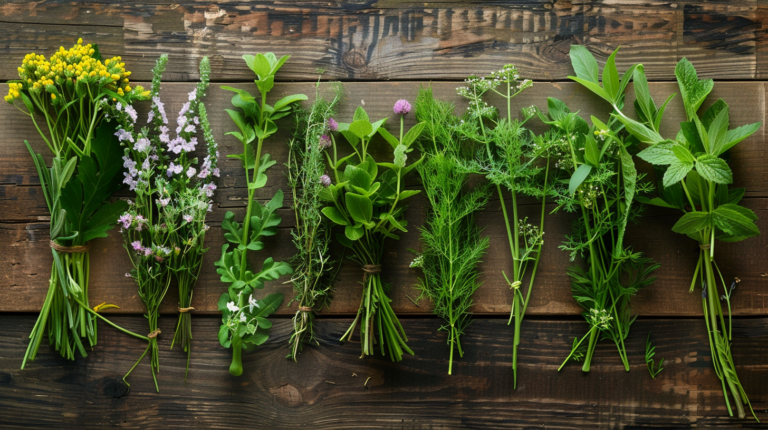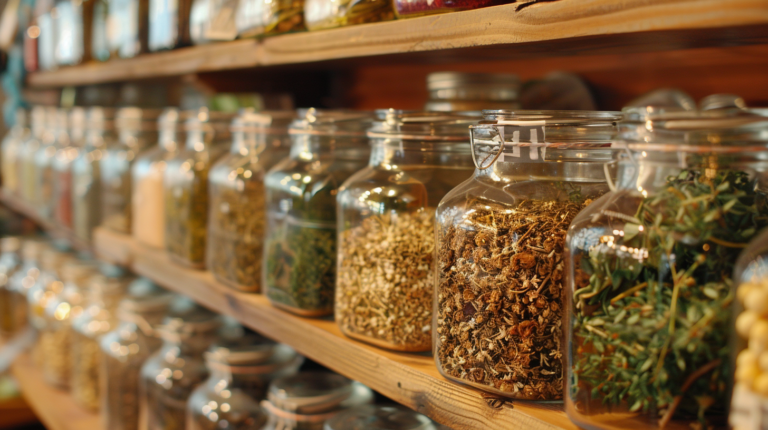Discover India’s Top Medicinal Plants and Their Health Benefits
Imagine stepping into a world where ancient wisdom meets modern science, right in the heart of India. Despite the rich heritage and abundant traditional knowledge of these remarkable substances, many people struggle to harness their full potential to combat ailments and boost their overall well-being.
Medicinal plants face threats from overharvesting and environmental changes, making it hard for enthusiasts to find reliable sources. The irony? Many locals aren’t even aware of the powerful medicinal plant species growing in their backyards. You might think you need to spend a fortune on herbal supplements or visit specialty stores, but the solution is much closer to home.
By exploring the diverse range of medicinal plants in India, you can tap into a treasure trove of natural remedies. These plants not only have historical significance in systems like Ayurveda but have also been validated by modern studies. Ready to dive in and transform your approach to health?
Understanding Medicinal Plants in India
Definition of Medicinal Plants
What Constitutes a Medicinal Plant?
Ah, medicinal plants! These are not just your everyday flora. They are species with healing properties, used for centuries to treat ailments and boost health. A medicinal plant contains bioactive compounds that can aid in treating a multitude of health conditions—from mild headaches to severe infections. In India, these plants form an integral part of various traditional medicine systems, including Ayurveda, Unani, and Siddha.
Historical Usage in India
The history of medicinal plants in India is about as ancient as the civilization itself. References to the use of medicinal plant species are found in Vedic texts, which date back thousands of years. For generations, these plants have been employed in healing practices and rituals. Whether it’s the sacred Tulsi leaves mentioned in the Rigveda or the neem leaves used in ayurvedic concoctions, these plants have proven indispensable to the people of India.
Significance of Medicinal Plants in Indian Culture
Ayurvedic Practices
In the vast tapestry of Indian traditional knowledge, Ayurveda occupies a special place. It’s not just about treating illnesses but also about balancing the body’s energies. Medicinal plants play a pivotal role in this, serving as the foundation for various Ayurvedic remedies. Turmeric, or Curcuma longa, is one such example; its anti-inflammatory properties make it a staple in numerous formulations.
Cultural and Religious Importance
These plants aren’t only medicinal; they’re practically woven into the fabric of India’s cultural and religious life. Holy Basil, or Tulsi, isn’t just revered for its health benefits; it’s also considered a sacred plant, often found in temple courtyards and households. Its presence is believed to purify and bring peace. Similarly, neem trees are planted not just for their medicinal properties but also for their religious significance. They’ve been used in religious ceremonies and other cultural events across the region.
Top 7 Medicinal Plants Found in India
Commonly Known Medicinal Plants
Tulsi (Holy Basil)
Holy Basil, or Tulsi, is nothing short of legendary in India. It’s an adaptogen, meaning it helps the body resist stress and maintain balance. Regular consumption of Tulsi tea boosts immunity and fights respiratory conditions. Plus, it’s practically a household member in many Indian homes.
Neem (Azadirachta indica)
Neem, often termed the ‘village pharmacy,’ is widely recognized for its multifarious health benefits. From antibacterial and antifungal properties to its role in managing diabetes, neem leaves, bark, and oil are extensively used in herbal medicine.
Turmeric (Curcuma longa)
Another superstar is Turmeric, celebrated for its potent anti-inflammatory and antioxidant properties. Whether it’s applied as a topical paste to heal wounds or ingested to bolster overall health, turmeric is central to both traditional medicine and modern wellness.
Ashwagandha (Withania somnifera)
Known as Indian ginseng, Ashwagandha is revered for its rejuvenative properties. It helps reduce stress, improve mental clarity, and increase stamina. This adaptogenic herb is a cornerstone of Ayurvedic health practices.
Lesser-Known Yet Potent Medicinal Plants
Brahmi (Bacopa monnieri)
Brahmi is yet another wonder plant, known for its cognitive-enhancing properties. It’s frequently used to improve memory, reduce anxiety, and even to boost brain function. This herb is increasingly finding its way into contemporary research studies, validating its traditional uses.
Giloy (Tinospora cordifolia)
Known as the ‘root of immortality,’ Giloy has garnered attention for its ability to boost immunity and fight chronic fevers. It’s an integral component in the treatment of various ailments thanks to its anti-inflammatory and antipyretic properties.
Shatavari (Asparagus racemosus)
This fascinating plant is particularly significant in women’s health. Shatavari is known for its ability to balance hormones, support lactation, and enhance fertility. It’s a staple in Ayurvedic formulations aimed at female reproductive health.
Health Benefits and Uses
General Health Benefits
Boosting Immunity
Many medicinal plants are powerhouses of immune-boosting compounds. For instance, Tulsi is often touted for its ability to fortify the immune system and protect against common ailments like colds and flu.
Anti-inflammatory Properties
Plants like Turmeric and Neem come loaded with anti-inflammatory properties. These are crucial for managing chronic inflammation, which is often at the root of many modern diseases.
Antioxidant Effects
Antioxidants are the unsung heroes in the battle against free radicals, and medicinal plants are rich in these compounds. Regular consumption of plants like Ashwagandha and Brahmi can help neutralize harmful free radicals in the body.
Specific Medicinal Properties
Cardiovascular Health
Plants such as Arjuna (Terminalia arjuna) have been traditionally used to promote heart health. These plants contain compounds that help in lowering blood pressure and cholesterol levels, supporting overall cardiovascular function.
Diabetes Management
Neem and Giloy are particularly beneficial for people with diabetes. Their hypoglycemic properties help in regulating blood sugar levels, making them indispensable for managing diabetes naturally.
Mental Health and Cognitive Functions
Mental health receives a significant boost from the likes of Brahmi and Ashwagandha. These herbs aid in reducing anxiety, improving memory, and supporting overall cognitive function.
Growing and Harvesting Medicinal Plants in India
Best Practices for Cultivation
Soil and Climate Requirements
Growing medicinal plants in India is a rewarding endeavor, but it requires specific environmental conditions. Most of these plants thrive in well-drained soil, rich in organic matter. For example, Tulsi (Holy Basil) prefers a sunny spot, while Shatavari (Asparagus racemosus) thrives in partially shaded areas. The climatic requirements can vary significantly depending on the plant species. For instance, Neem (Azadirachta indica) is resilient to the hot climates of Tamil Nadu, whereas Ashwagandha (Withania somnifera) favors the drier regions of Madhya Pradesh.
Organic Farming Methods
Organic farming is crucial for maintaining the integrity of medicinal plant species. Avoid chemical pesticides and opt for natural alternatives like neem oil to keep pests at bay. Composting is highly recommended to enrich the soil with the necessary nutrients. Crop rotation and intercropping with nitrogen-fixing plants can also help maintain soil health. For instance, interplanting Tulsi with legumes can be beneficial. Collaborating with local agricultural institutes such as the Pant Institute of Himalayan Environment or the NMPB (National Medicinal Plants Board) can provide invaluable guidance.
Harvesting Techniques
Optimal Harvest Times
Timing is everything when it comes to harvesting medicinal plants. The optimal time to harvest varies; for instance, Tulsi leaves should be picked early in the morning when their essential oil content is highest. Ashwagandha roots are best harvested in autumn, just before the plant starts to wither. Adhering to proper harvest times ensures maximum potency and efficacy of the medicinal compounds.
Post-Harvest Handling
After harvesting, proper handling is vital to maintain the quality of the medicinal plants. Drying is a common method for preservation; for instance, Neem leaves can be air-dried in a shaded area to retain their medicinal properties. Storing the dried plants in airtight containers away from direct sunlight helps preserve their potency. In regions like Himachal Pradesh and Jammu & Kashmir, where humidity is a concern, using dehumidifiers can be beneficial.
Popular Home Remedies Using Indian Medicinal Plants
Ayurvedic Recipes
Kadha (Herbal Decoction)
Kadha is a traditional Ayurvedic remedy often used to boost immunity and combat colds. Here’s my go-to recipe:
- 1 cup water
- 5-6 Tulsi leaves
- 1-inch piece of Ginger
- 1 tsp Turmeric powder
- 1 tsp Honey (optional)
Boil the water, add the Tulsi leaves, Ginger, and Turmeric. Let it simmer for about 10 minutes. Strain and add honey if desired. Drink this once daily, especially during the cold season.
Golden Milk (Turmeric Milk)
Golden Milk is another gem in the Ayurvedic treasury, known for its anti-inflammatory properties and ability to boost overall health.
- 1 cup milk (regular or almond milk)
- 1 tsp Turmeric powder
- 1/2 tsp Ginger powder
- 1/2 tsp Cinnamon
- 1 tbsp Honey
Warm the milk and mix in the Turmeric, Ginger, and Cinnamon. Stir well and let the mixture heat gently for about 5 minutes. Add honey before consuming. Enjoy this soothing beverage before bedtime for a good night’s sleep.
Simple DIY Remedies
Tulsi Tea
Tulsi tea is a simple yet potent infusion that can be made easily at home. Just steep a handful of fresh Tulsi leaves in hot water for about 5-7 minutes. Strain and drink up! This tea helps in reducing stress and improving immunity.
Neem Face Pack
Neem is renowned for its skin-purifying properties. Here’s a straightforward face pack recipe:
- 2 tbsp Neem powder
- 1 tbsp Yogurt
- 1 tsp Honey
Mix the ingredients into a smooth paste. Apply it to your face, and leave it on for 15-20 minutes before rinsing off with lukewarm water. This pack helps in treating acne and provides a glowing complexion.
Challenges and Conservation
Overharvesting Issues
Endangered Species
One of the critical issues in the medicinal plants sector in India is overharvesting, which threatens several endangered medicinal plant species. For example, plants like Aconitum and Nardostachys jatamansi are at risk due to excessive collection. Such practices not only endanger the species but also disrupt local ecosystems.
Need for Sustainable Practices
Sustainable harvesting practices are essential to conserve the wealth of medicinal plant species in India. Implementing practices such as controlled harvesting and encouraging the cultivation of endangered species are imperative. Educational programs aimed at local communities can promote awareness and adoption of sustainable methods.
Conservation Efforts
Government Policies
The Indian government has initiated several programs to protect and conserve medicinal plants. Agencies like the National Medicinal Plants Board (NMPB) and state-specific bodies in Madhya Pradesh and Himachal Pradesh work towards sustainable development and conservation of medicinal plants. These programs often include grants and subsidies for farmers cultivating endangered species.
Community-Based Conservation
Community involvement plays a significant role in conserving medicinal plants. Local tribes and villagers in regions like the Himalayas and Western Ghats have been using traditional knowledge to protect these plants for generations. Collaborations between governmental organizations and local communities can lead to successful conservation efforts.
